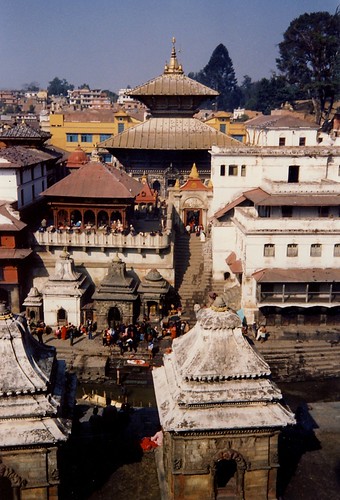 The first time I boarded a train was in 1965 to travel from
The first time I boarded a train was in 1965 to travel from Once I reached
Unlike many, I just love train, pantry car and platform food. I have had them all the Puri Subzi in leaking leaf plates, the bread omlette on numerous station platforms, the “veg” and “non veg” offered by the pantry car attendant armed with a scrap of paper and a stub of pencil and every thing in between including the “continental” on the Rajdhani Express. Of course there is more variety on the platforms- from the well known ones like the pedhas of
The condition of the train and the mannerisms of your fellow travelers will tell you about the diversity of the country we live in. South bound trains are typically orderly. One can travel in reasonable comfort even in sleeper class as the flow of invading passengers who ask you to “adjust” is much fewer. Itarsi is the station near about which the Rishi Vashishta the legendary figure who crossed over beyond the Vindhyas into Dravidian India might have taken a sojourn as once trains have crossed the station, the evidence of
Once in a while you get to see scenes that you might forever. One of them that I do is the memory of an elderly Muslim gentleman settling down to say hi evening Namaz in the train. It was not easy to figure out which was West in a moving train, nor to perform the necessary ablutions but he managed some how, spread out his mat on the upper berth and unmindful to all his surroundings and even a few staring passengers as well as many granting him grudging respect, he went through his prayers. Today when it is often the fashion to wear your religion on your sleeves and with aggression, the old man’s humble but clear assertion of his beliefs oblivious of any thing else for those few minutes reminded me of what true spirituality is all about.
Today when there is all this talk of competition between low cost airlines and trains and what each has to offer, the talk mostly is all about time savers, costs, short haul, long haul and such commercial vocabulary, I am reminded that journeys are not just about times and distances - it is also about the experiences- the ones you contribute and also the ones you collect over the years and that then shape and enrich you-- perhaps the length of the journey does not matter as much as its depth does when you have reached your destination and are settled in your arm chair reminiscing. Some times a non stop journey is not as invigorating as one with interminable stops.... Just some times.












